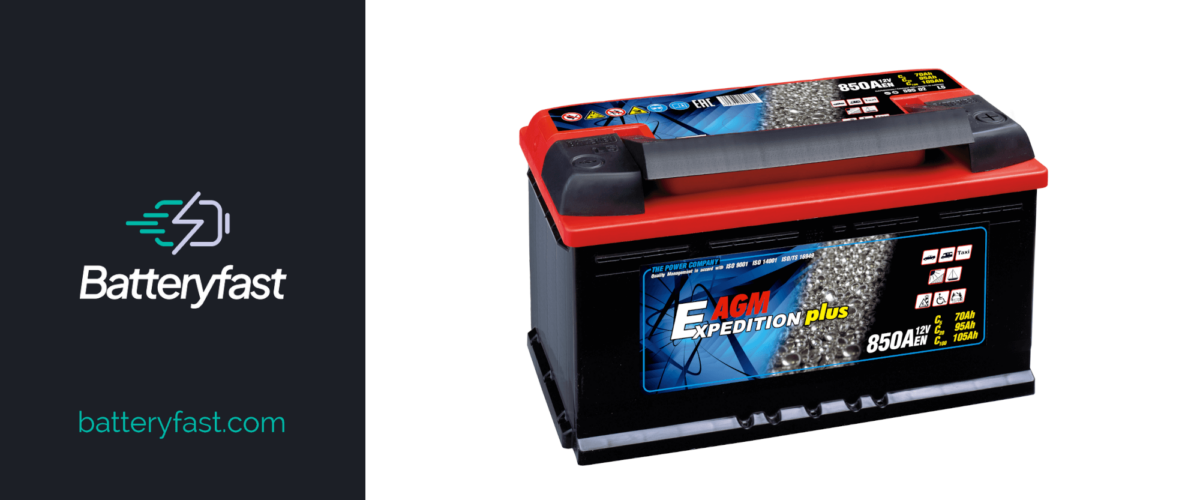AGM leisure batteries have a number of advantages over standard batteries, including faster charging and better tolerance to not being used for a while. But if your AGM battery does go flat, is there a way to bring it back to life? It is possible, but it’s risky, as we’ll explore below.
AGM (Absorbed Glass Mat) batteries are often used in leisure vehicles such as ATVs, RVs, boats, and sports cars, as their durable casing makes them better at withstanding vibrations than standard batteries. When it comes to replacing a drained AGM battery however, things can become more difficult. Manufacturers recommend using an AGM specific charger to revitalise your battery. If you don’t have one of these, you can use a standard battery charger, although one that delivers a charge at a low voltage is better.
This will allow you to take the charge in the dead battery slowly up to a level where you can then use a standard charger to make up the rest of the juice. There are a range of old transformer chargers and MAC multi-volt chargers, which are compatible with AGM batteries to bring them to a ‘chargeable’ level.
You may have read that if you do have to use a normal battery to jump start your AGM, you’ll need to connect the dead battery with a good battery in parallel (that is positive to positive, or negative to negative), but don’t turn anything on until you’ve got them connected. The charger, then, charges the two batteries in parallel to the same voltage (it cannot be different when they are in parallel). Using a multimeter, you can test the battery to see if it has charged to 10.5 volts or more, a process which usually takes about two hours. If the battery has reached that level of charge, you can disconnect the charger and reconnect the AGM to a charger directly. From that point, the AGM battery should recharge fully, and you’ll be able to carry on using it.
Does this technically work? Totally. Is it wise? Well, that’s less certain. Be aware that, if you do try and charge an AGM battery from a normal charger, you’re risking overcharging the battery. This happens because you’re essentially taking the energy from a fully charged battery and pushing it into the low battery, with the intrinsic resistance of the batteries being the only thing that will limit the current flow.
Therefore, if the sourcing battery can supply hundreds of amps, and the combination of the resistances between the batteries is very low, there will be a huge power surge from the charged battery to the uncharged battery. This can mean there is the risk of exploding the battery, or damaging its connections. We’ve heard plenty of horror stories about this happening. If the battery starts to feel hot, or you hear a hissing sound, it’s a sign to stop charging it immediately because you really don’t want to blow up a battery. If you’re not sure about fixing an AGM battery yourself, you can also always take it to a professional.

